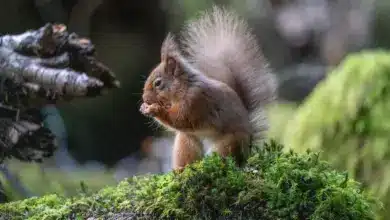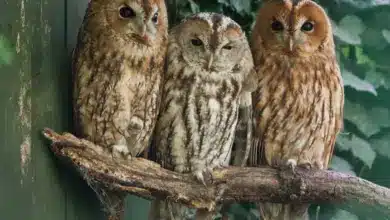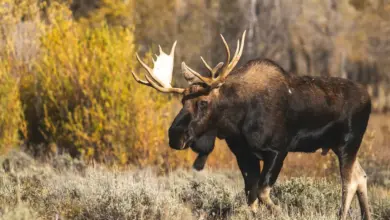What Eats Cats?
What Eats Cats? What Does A Cat Eat?
Cats are used to being at the top of the food pyramid as they are predators who hunt and eat small prey. Cats can fall victim to larger predators who will consume felines when they have the chance.
Predators that eat cat depends on many factors, including the geographical area, the environment, the size and health of the cat, and its ability to find shelter.
Predation is the greatest risk for feral and outdoor cats. Here’s a list of the most common predators who eat cats.
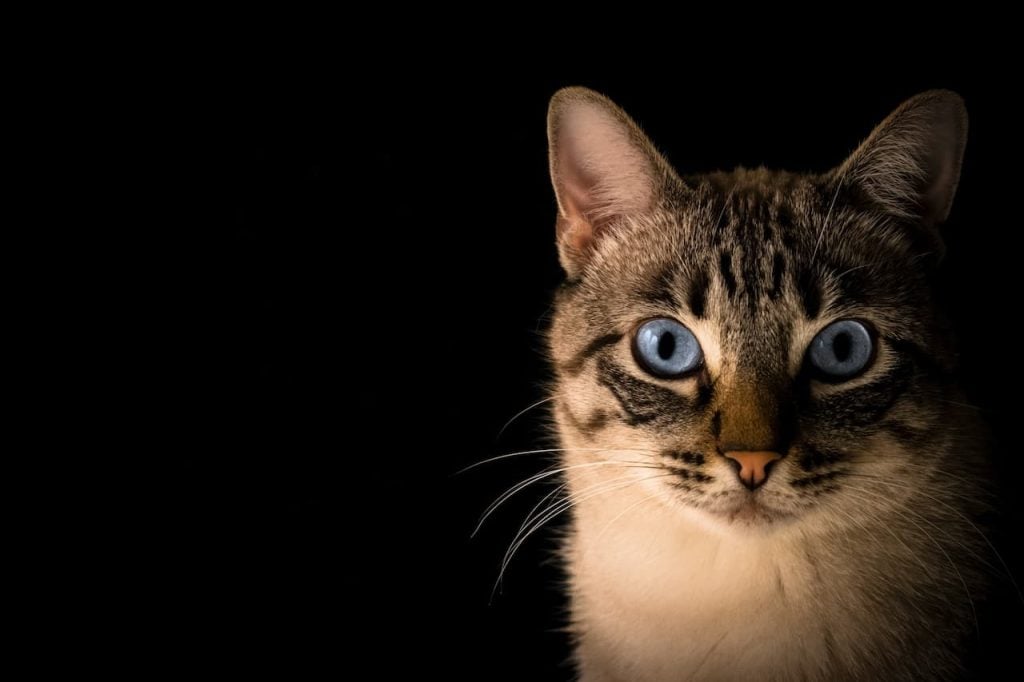
Big Cats
Sometimes, larger feline species such as lions and tigers will feed on smaller cats, especially when their usual prey is scarce.
There have been cases of lions eating caracals. Leopards have eaten servals. And pumas have eaten bobcats and Lynxes. Most vulnerable are kittens, juveniles and cats that can’t yet defend themselves.
If given the chance, big cats won’t hesitate to consume domestic cats or smaller wild cats to survive.
Coyotes
Coyotes are a major predator for feral cats and pets that roam free, particularly kittens. Coyotes are opportunistic predators and will prey on any cats they come across while patrolling the territory.
Coyotes are known to eat house cats in areas that have been developed.
During the breeding season, coyotes may hunt with their pups. They will share prey such as cats and larger animals. One coyote is able to easily kill and overwhelm a domestic cat.
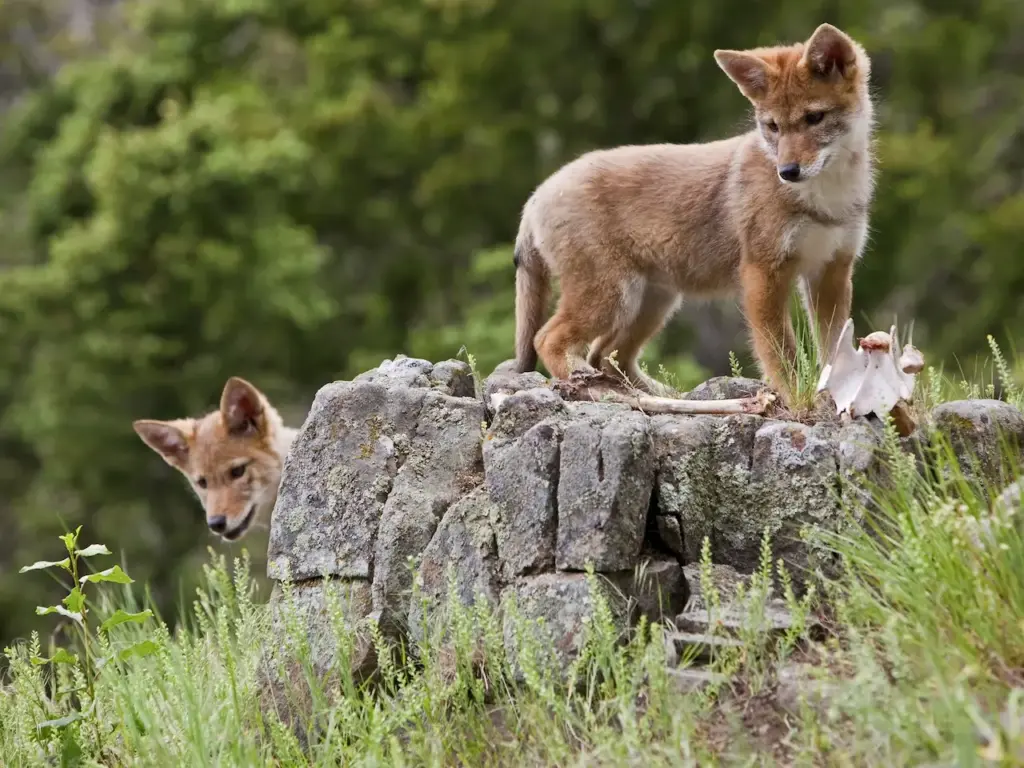
Wolves
In remote areas where wolves and cats share the same habitat, wolves are known to eat cats. Wolf attacks on bobcats, lynxes, and other animals have been documented.
Wolves can also attack an unattended cat or a feral colony. A lone or a pair of wolves may have a harder time killing a cat than a pack.
Foxes
Foxes are prone to hunting alone. Foxes are scavengers and opportunistic hunters. They mainly feed on rats, birds and other small animals, but they will also eat cats, if you can capture and overwhelm one. It is more likely to happen with kittens, sick cats or weaker cats.
Due to suburbanization, urban red foxes are more likely to encounter and kill cats. Greys and larger foxes are more capable hunters who could hunt bigger cats.
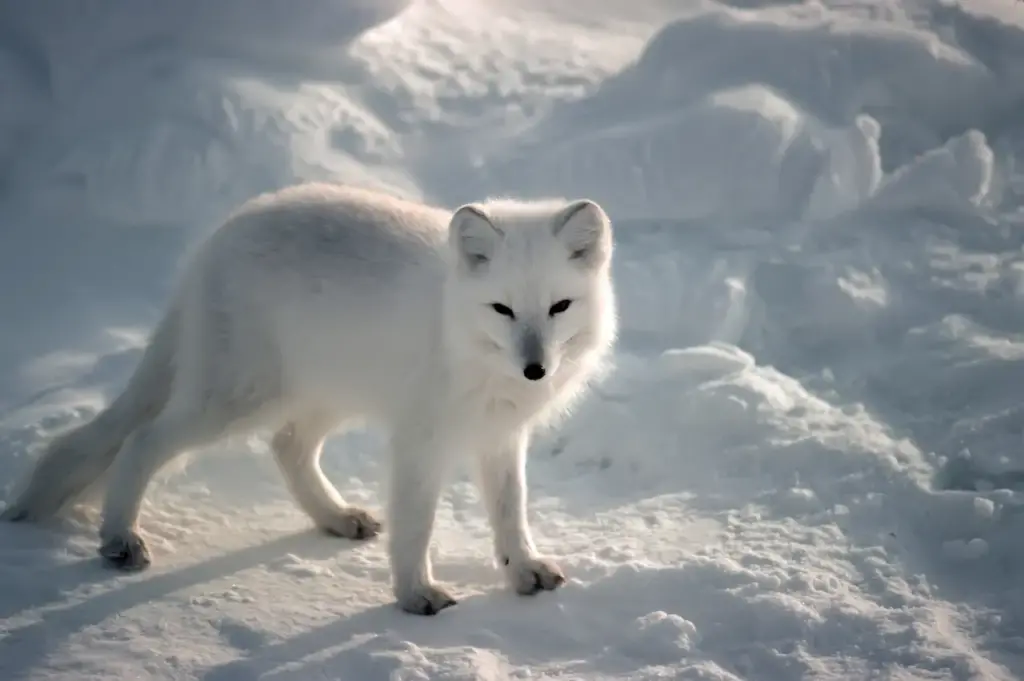
Birds of Prey
Raptors such as eagles and falcons can kill small animals and cats with their hooked beaks and sharp talons.
There are cases of red-tailed and great horned birds killing kittens, small cats and servals. Bald eagles and other eagles will occasionally eat cats. Birds prefer to attack small cats or kittens over larger, more mature adults who are better able defend themselves.
Snakes
Some larger snakes species, such as pythons and boas have been known, although not often, to consume kittens and cats. Constricting snakes can eat cats and kittens if they are in urban or wildland areas.
Snakes don’t chew their prey, so they are more likely to swallow small kittens or cats. Larger cats have a lower risk.
Want to know more about snakes? Read: What Eats Snakes?
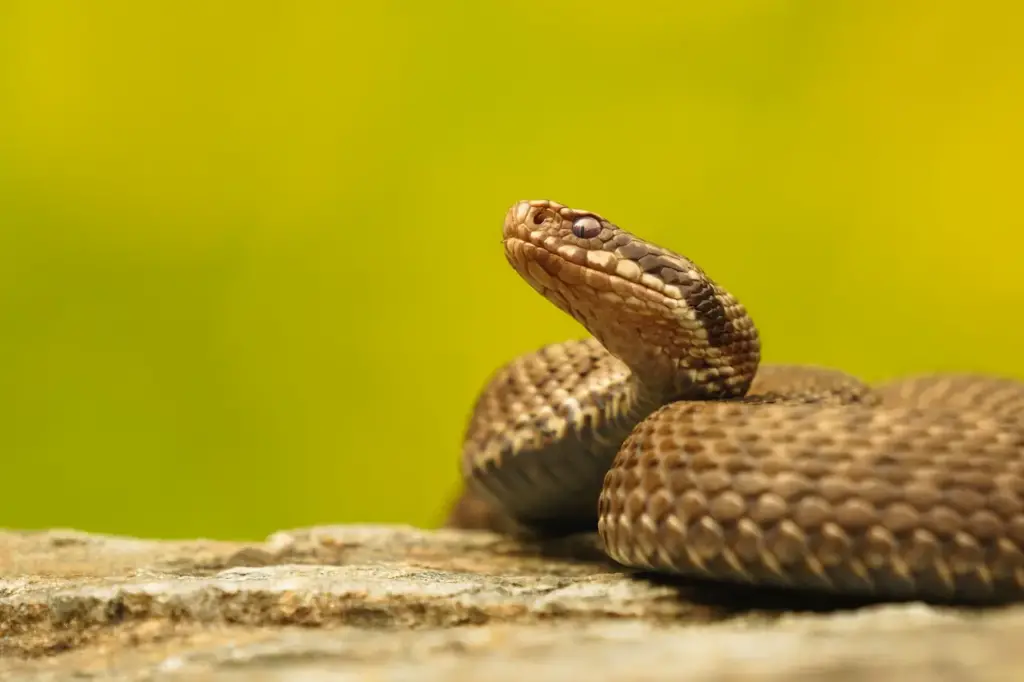
Alligators
Alligators can be a threat to cats that live in areas with water and wetlands. They may attack cats when they are drinking or hunting at the water’s edges.
Alligators use their powerful jaws to grab cats and other mammals, drag them in the water and drown them. Adult cats that are larger than kittens are less likely to become prey.
Bears
Bears are omnivores who will prey upon cats and other smaller mammals if they have the opportunity. Black bears and other grizzlies are known to kill and eat domestic cat strays that enter their habitat.
The bears who have become habituated to the urban and suburban environment are more likely than not to encounter roaming cats. They can easily overwhelm them due to their size and strength.
Feral Dogs
Packs of dogs can sometimes prey on outside cats in areas where there are many free-roaming or feral dogs.
A single domestic dog will not attack an adult feline, but a group of dogs that are loose can be aggressive. They may work together to kill and chase cats on their territory. Dogs are more likely to attack small and juvenile cats.
Other Mammalian predators
Weasels, weasels and raccoons are small to medium sized carnivores that can prey on kittens. Adult cats, however, can defend themselves against one attacker, or climb a tree to escape.
Cats with disabilities, injuries, or diseases are more likely to fall prey to predators.
Scavengers
While technically not predators, many animals, such as vultures and rats, will feed on dead cat carcasses.
The facultative scavengers eat weak, sick or injured cats who die of their illnesses. However, pure scavenging animals do not usually kill healthy cats.
Humans
Humans hunt and kill domestic cats, as well as larger wild cats such as pumas in certain countries. In parts of China and Switzerland, cat meat is a delicacy.
Indirectly, humans also kill many cats by causing vehicle accidents, hunting and destroying habitats. Domesticated cats are more susceptible to human persecution as compared to their wild relatives.
Predation Risk Factors
Some cats are more susceptible to predation.
- Outdoor cats and feral cats are more likely to be attacked by predators.
- Kittens and young cats are not as able to defend themselves as adults or escape predators.
- Siamese cats, for example, are smaller and more vulnerable than other cat breeds.
- The mobility of sick, injured, elderly, and disabled cats is impaired, making it difficult for them to escape or fight.
- Cats in colonies can be more alert than solitary cats.
- In urban areas, where there is less space for cats to roam, they may be more at risk of predators than in rural areas.
- Cats that live near habitats of wildlife are more likely to be attacked by predators than those in urban areas.
- The health of stray cats is compromised by the lack of medical care and nutrition.
- Declawing can make it difficult for a cat to climb quickly up trees or defend itself using its claws.
- Unsupervised outdoor cats are at greater risk of predators than indoor cats that are supervised.
How cats avoid predators
The adaptations and behaviors of cats help them to avoid predators.
- It is difficult for predators ambush them because of their excellent hearing, vision, smell and night vision.
- Sharp claws enable cats to quickly climb trees and scramble to the top of slopes in order to escape danger.
- Speed and agility help cats outrun and dodge many predators in short distances.
- Cats can avoid predator detection with a solitary, silent movement.
- The camouflaged fur of cats blends in with vegetation, dirt and shadows. This conceals them from dangers unless they are close.
- Cats with a suspicious nature are quick to flee and startle at potential dangers instead of waiting for confirmation that the threat is real.
The conclusion of the article is:
Even though cats are stealthy, agile predators, they can fall prey to larger carnivores and birds. They will also prowl in areas where cats live.
The most vulnerable cats to become prey are the smaller and younger ones. While domestic indoor cats are protected by predators to a large extent, feral and stray cats face constant threats.
It is important to know the local predator population and take preventive measures in order to keep free-roaming cat out of food chains. Cats can avoid becoming a meal for predators that lurk in their vicinity by taking care.


